Description
African Mahogany Plant (Swietenia macrophylla)
The African Mahogany Plant, scientifically known as Swietenia macrophylla, is a remarkable and sought-after species that belongs to the Meliaceae family. Renowned for its stunning appearance and numerous benefits, this plant holds a special place in both horticulture and environmental conservation.
Appearance and Characteristics: African Mahogany is celebrated for its majestic presence. It showcases a tall and stately silhouette, with leaves that form an elegant canopy. The leaves are characterized by their large size, giving rise to its species name “macrophylla,” meaning large-leaved. The plant’s bark exhibits a rich reddish-brown hue, adding to its aesthetic allure.
Natural Habitat: Native to tropical regions, the African Mahogany Plant thrives in diverse ecosystems, including rainforests and moist woodlands. Its adaptability to various soil types and climates has contributed to its popularity in cultivation efforts worldwide.
Features of African Mahogany Plant:
- Size: Large tree, reaching heights of 25-45 meters with a straight trunk.
- Bark: Smooth, grayish-brown bark with shallow vertical fissures as the tree matures.
- Leaves: Compound and pinnate leaves with elongated leaflets arranged in pairs along a central stem.
- Flowers: Small, fragrant yellowish-white flowers arranged in clusters at the ends of branches.
- Fruits: Woody, pear-shaped fruit capsules containing winged seeds.
- Wood: Highly valued reddish-brown to deep red wood with a straight grain, used in furniture, cabinetry, and boat building.
- Habitat: Native to tropical regions of Africa, commonly found in forests and savannas.
- Conservation Status: The species is not currently listed as endangered, but deforestation and overexploitation are threats.
Care tips for Swietenia macrophylla Plant
- Provide full sun to partial shade.
- Keep the soil consistently moist, but not waterlogged.
- Well-draining soil with slightly acidic to neutral pH.
- Protect from cold drafts and frost.
- Fertilize with a balanced, slow-release fertilizer during the growing season.
- Prune during the dormant season to remove dead or damaged branches.
- Monitor for pests and diseases, and treat as needed.
- Apply organic mulch around the base of the tree.
- Transplant when young, if necessary.
Uses of African Mahogany Plant
- Construction materials for doors, windows, and structural components.
- Musical instruments such as guitars and drums.
- Items for decoration, such as carvings and sculptures.
- Manufacturing of veneer and plywood.
- Traditional medicine for potential medicinal properties.
- Ornamental tree for shade and landscaping purposes.




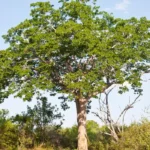

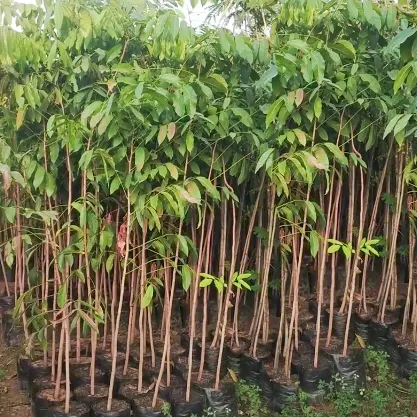

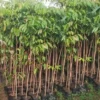
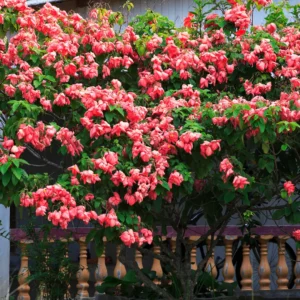
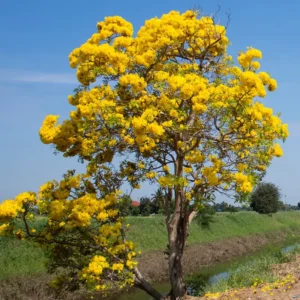


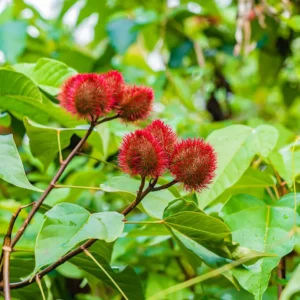
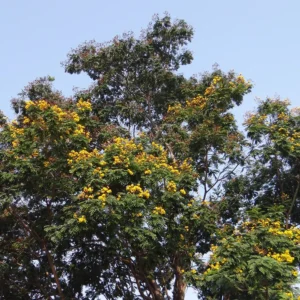

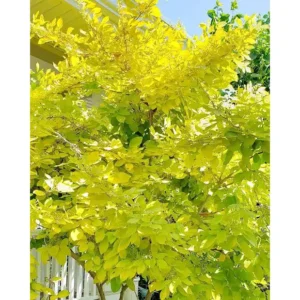
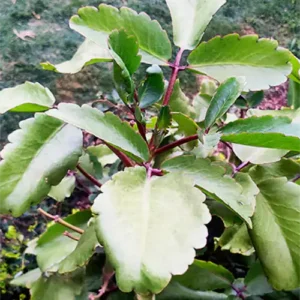
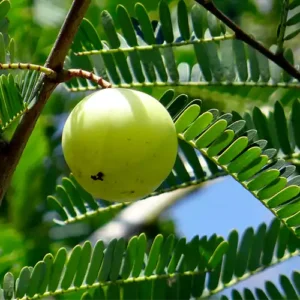

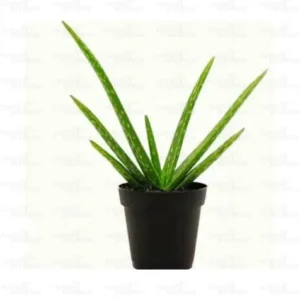
Reviews
There are no reviews yet.